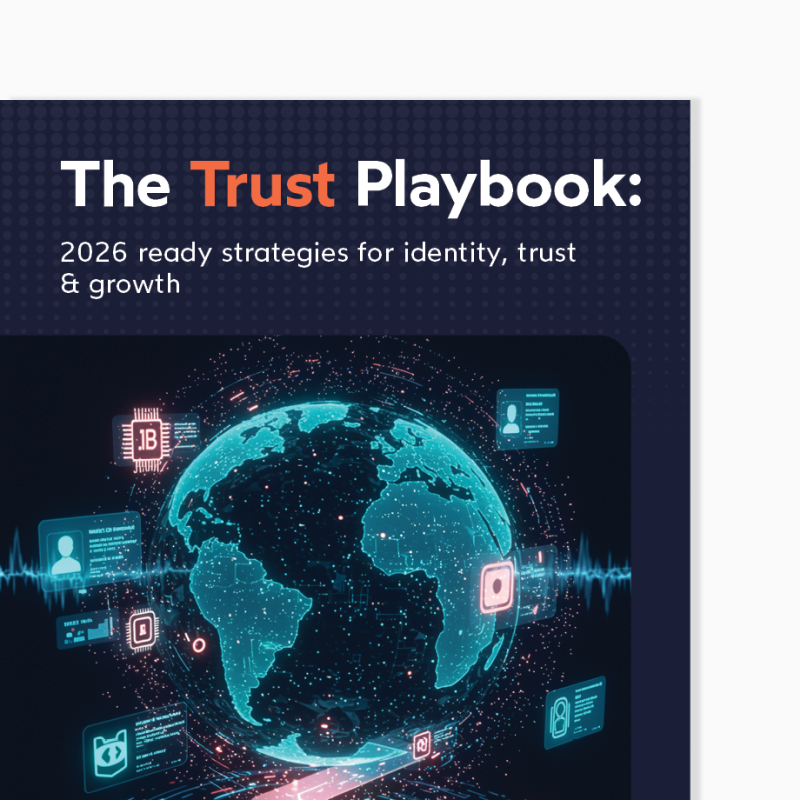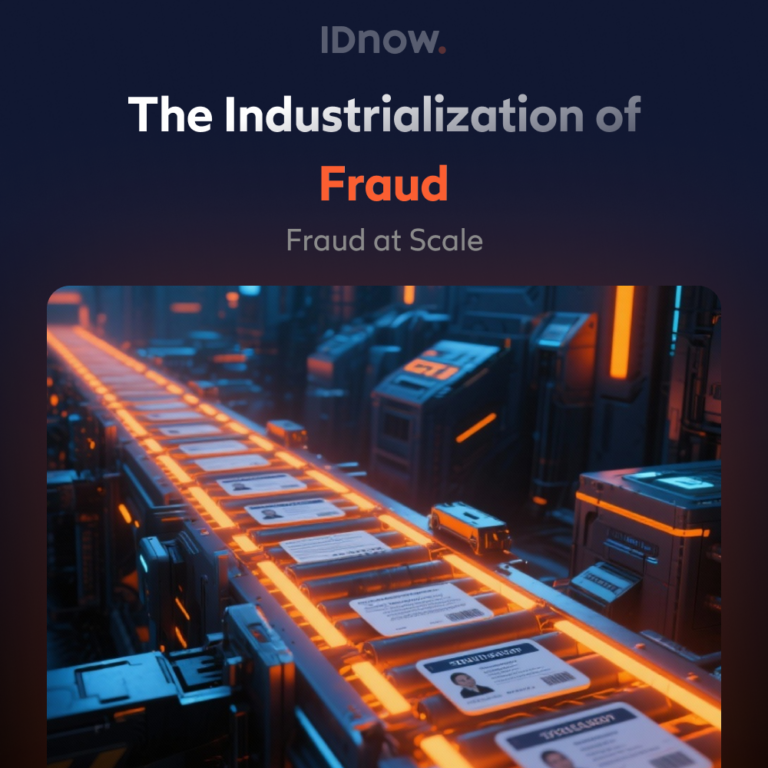So, you’ve decided to integrate digital signatures into your tech stack, but don’t know where to start. Here we help you understand the difference between an SES, AES and QES, and the importance of a QTSP.
There are many reasons why forward-thinking organizations are choosing to integrate digital signature solutions into their tech stack, but perhaps the most obvious is that digital signatures just work – incredibly well, for businesses and users, across most industries.
In fact, usage is increasing by the day and will almost certainly continue to climb as per the collective driving forces – and adoption pushes – from eIDAS 2.0 and the upcoming Anti-Money Laundering Regulation.
For more information on the business and customer benefits of digital signatures in your industry, read ‘Here’s why 95% of businesses are using digital signatures to optimize operations?’
Not all signatures are created equally.
Although the purpose of a digital signature is relatively straightforward (linking a signer to a document), there are different types with different levels of security and legal assurance. Businesses tend to offer one of either Simple Electronic Signatures (SES), Advanced Electronic Signatures (AES) or Qualified Electronic Signatures (QES) depending on the particular use case required.
But which solution is right for you and your customers? Here we explain everything you need to know about making the most out of digital signatures in 2025.
Digital certificates vs digital signatures. What’s the difference?
The relationship between a digital certificate and a digital signature is fundamental to how trust and authenticity are established in digital transactions. According to eIDAS, a digital signature is defined as “data in electronic form that is attached or logically associated with other data in electronic form, and which is used by the signatory to sign.” A digital signature performs three core functions:
- Authenticity: Confirming the identity of the signer.
- Integrity: Ensuring the document has not been changed after signing.
- Non-repudiation: Preventing the signer from denying they have signed the document.
A digital certificate is an electronic document that links a person’s or entity’s identity with a cryptographic key pair made up of a public key and a private key. It is issued by a trusted entity, such as a Qualified Trust Service Provider (QTSP).
When someone signs a document digitally, they use their private key to create the signature, and the recipient uses the sender’s public key to verify it. As only the signer has access to their private key, it is almost impossible for someone else to forge the signature or for the signer to claim they did not sign. The digital certificate provides the assurance that the public key belongs to the sender.
Expert guide to digital signatures.
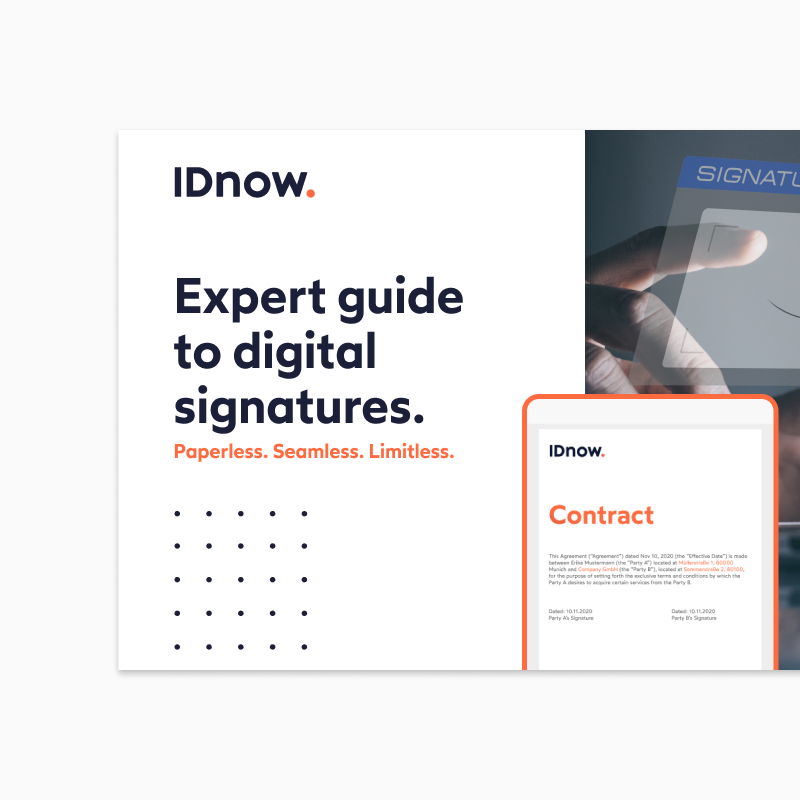
Navigating the different types of digital signatures.
IDnow offers a comprehensive suite of digital signature solutions to satisfy whatever the regulatory requirement or industry use case. Our solutions adhere to security and encryption standards, including Public Key Infrastructure (PKI) to a) ensure the signer’s identity and b) enable trust in the signature. They also leverage hashing algorithms to prevent the signed document from being altered without detection.
Lower levels of digital signature solutions (SES) are easier and faster to use, while higher levels (AES + QES) involve more steps but provide stronger guarantees.
Simple Electronic Signature (SES).
IDnow’s SES solution is the simplest and quickest form of digital signature we offer. It can be represented by a textual name at the end of an e-mail, a scanned signature, a ticked checkbox, or a click on an “I agree” button. Although legally valid, SES solutions cannot track document changes, or verify the identity of signers, only the ownership and authorization of the sending domain or email address. As such, this signature is best suited for no- to low-risk transactions or informal agreements such as terms & conditions or internal protocols.
Advanced Electronic Signature (AES).
IDnow’s AES solution provides a higher level of security and authentication than SES. As AES links the signature to both the signer and the data in a way that alterations are detectable, it is suitable for medium to high liability risk transactions that require strong identity verification without the full regulatory weight of QES, such as permanent employment contracts, insurance applications, NDAs, powers of attorney, or privacy statements.
Qualified Electronic Signature (QES).
IDnow’s QES represents the highest security standard and is the legal equivalent of a handwritten signature across the EU under eIDAS regulation. Created using a qualified digital certificate from a Qualified Trust Service Provider, such as IDnow Trust Services AB, a QES provides maximum legal certainty for high-stake transactions. It is non-repudiable and equivalent to a handwritten signature on paper. QES is commonly used where the law specifically requires the highest level of assurance, such as life insurance or government contracts.
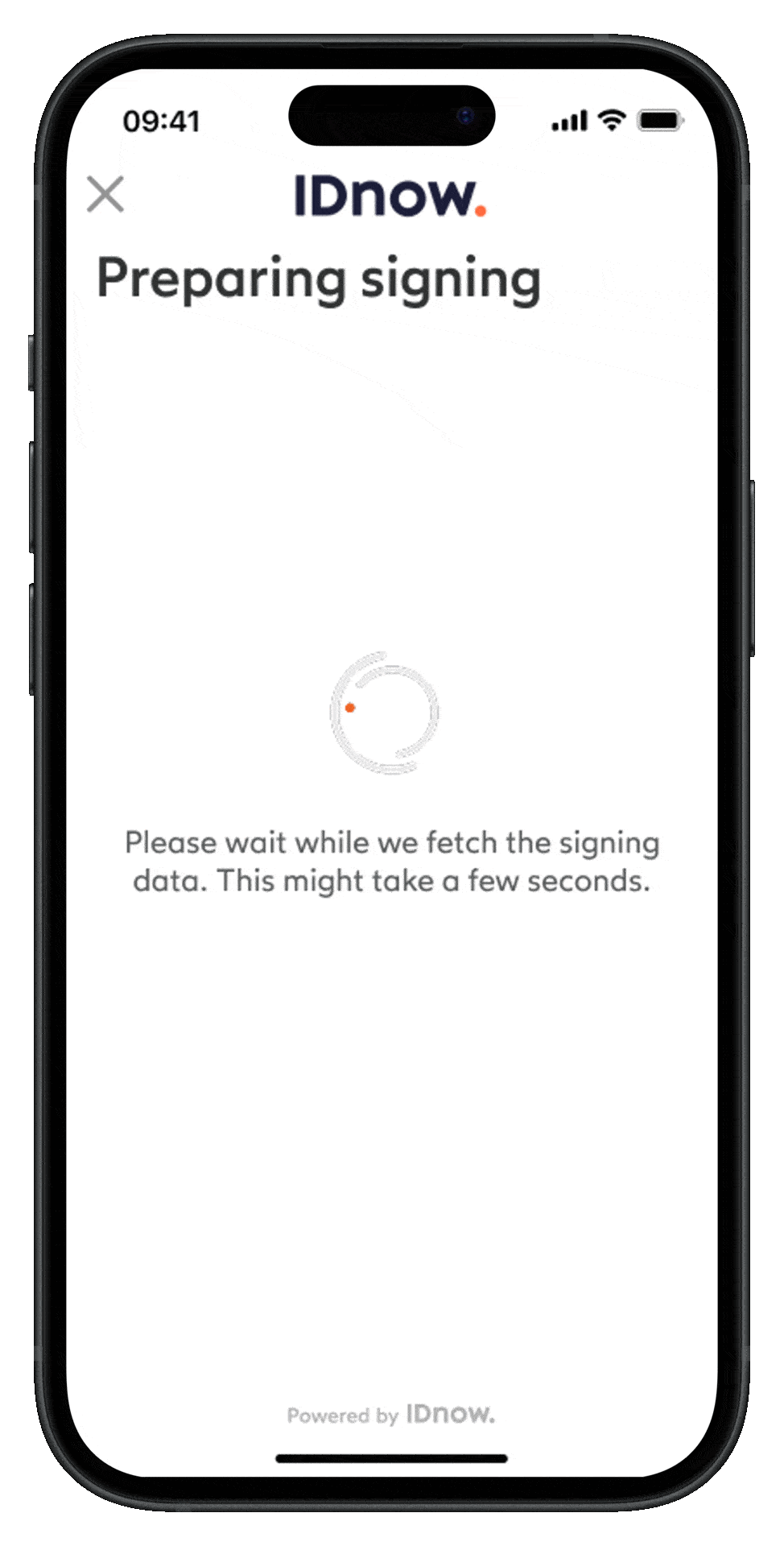
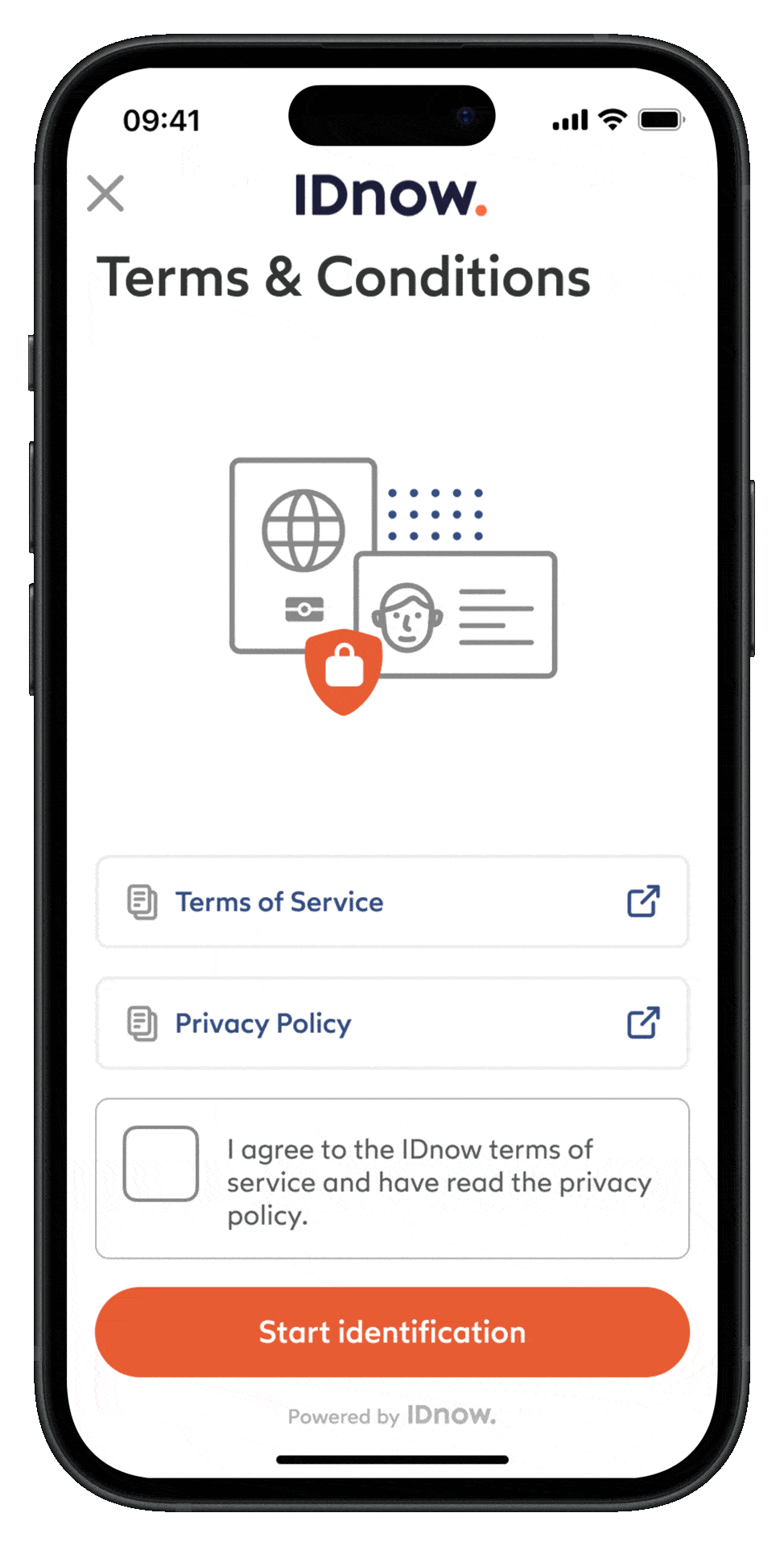
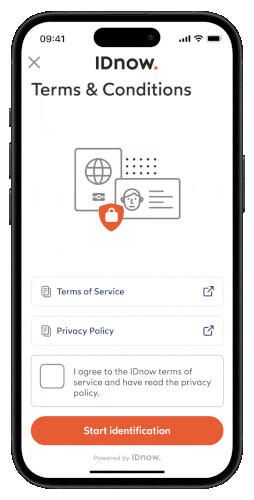
5 considerations to help you select the right digital signature solution.
- Regulatory requirements? What level of signature does your industry regulation require for your specific transaction type?
- What is the transaction value? Higher-value transactions generally warrant stronger signature types (AES or QES).
- Risk profile? Consider the potential for fraud or dispute in the specific transaction context. While QES comes with an inherent scheme of storing proofs of a transaction, AES and SES require companies to record an audit trail of their own.
- User experience priorities? What experience do your customers expect? Speed, security or a balance of the two?
- Budgets and deadlines? Although neither is likely to be the deciding factor as to why organizations would choose one solution over the other, SES and AES can typically be implemented quicker than QES solutions, while SES are considerably cheaper to implement.
Here’s how we integrate digital signature solutions.
So, now you have a good idea of which IDnow digital signature solution is right for you. Next let’s explore our different implementation options.
We understand that implementation flexibility is critical for businesses at different digital maturity stages, which is why we offer multiple integration options. We also offer a hybrid approach, where organizations can embed different integration methods across channels based on specific needs and technical capabilities.
API integration.
For organizations seeking seamless integration with existing systems, IDnow provides comprehensive APIs and SDKs that enable:
• Direct embedding within existing applications and workflows
• Customization of the user interface to match brand identity
• Real-time status updates and event notifications
• Automated document processing and storage
Web-based solution.
For rapid deployment without extensive development resources, IDnow offers web-based solutions that provide:
• Quick implementation with minimal IT involvement
• Secure document transmission and storage
• Branded customer experience
• Detailed reporting and analytics
Mobile SDK.
For businesses prioritizing mobile experiences, IDnow’s mobile SDK enables:
• Native integration within iOS and Android applications
• Offline signing capabilities
• Device-based biometric authentication
• Optimized mobile user experience
Our digital signature solutions also seamlessly integrate with your Customer Relationship Management, Enterprise Resource Planning, and document management systems to transform digital signing from a standalone feature into a core component of your business processes. This drives efficiency, accuracy and compliance, and provides a superior user experience.
Why IDnow? Trusted, accredited digital signature solutions for the future.
Customers that choose IDnow will benefit from streamlined procurement and contractual simplicity by receiving both identity verification (from automated to video verification and eID) and trust services from a single, unified process with a trusted vendor.
As the joint venture partner of IDnow Trust Services AB – a Qualified Trust Service Provider (QTSP), IDnow undergoes rigorous audits and assessments to prove we meet the highest standards for security, data protection, and operational reliability. We are also listed on official trust lists, such as the EU Trusted List, which is a clear commitment that we take our customers’ security and compliance seriously.
Plus, as accredited vendors are required to stay up to date with the latest legal and technological requirements, IDnow customers can rest assured that their digital signature solution integration will remain compliant whenever laws change, which reduces the burden on their internal teams to constantly monitor and adapt to regulatory shifts.
Digital signatures are no longer just nice-to-haves, they’re essential for modern business. In fact, recent analysis shows that adopting e-signatures helps businesses close deals 28% faster, cut costs by 26%, and boost revenue by 19%. The real question isn’t if you should integrate digital signatures, but when.
Ready to take the next step and enable your customers to sign on the digital dotted line? Our team is here to help.
By

Jody Houton
Senior Content Manager at IDnow
Connect with Jody on LinkedIn
The Trust Playbook.
